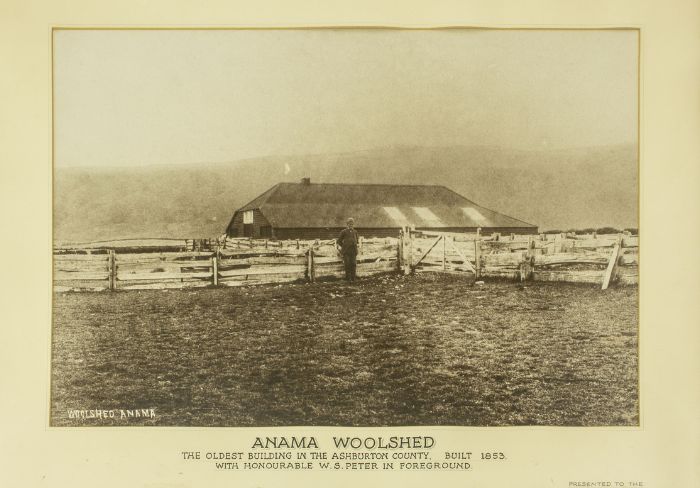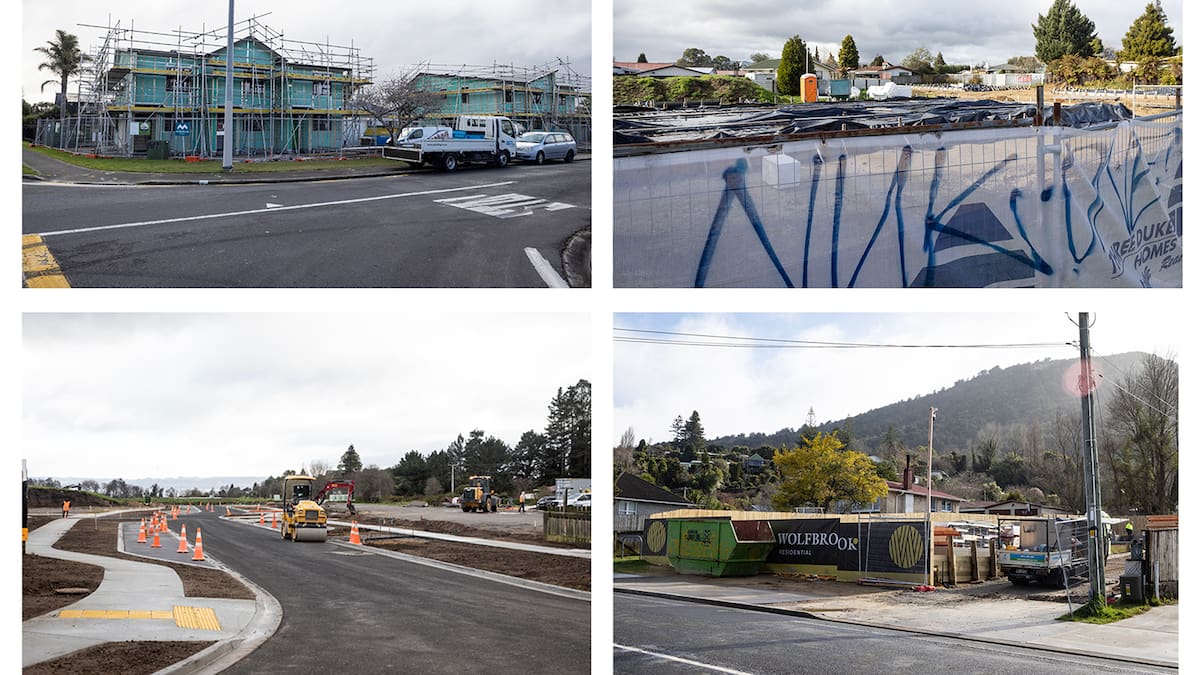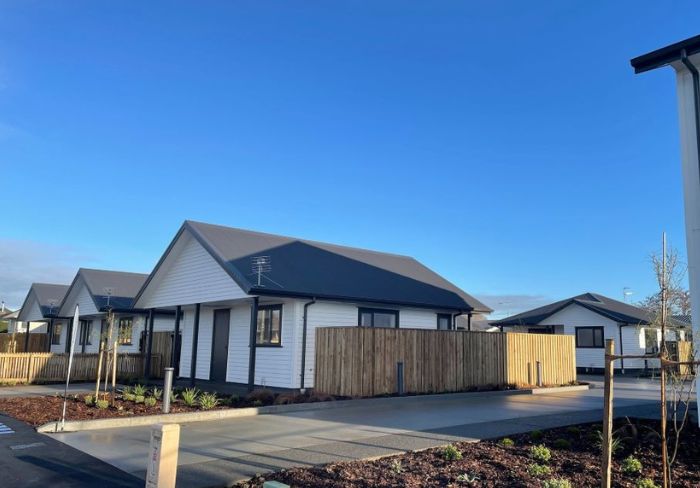There is a strong possibility that this woolshed, reportedly the first European settler-built structure in the Whakatere Ashburton District, was originally not only the workplace, but also the home of George Gawler Russell. After three years at this property, he formally registered his run (large holding for ‘running’ sheep) on 2 October 1854, and named it Gawler Downs.
It was one of the very early Canterbury stations, stretching from the south bank of the Hakatere Ashburton River to the south branch of the Hekeao Hinds River. The eastern boundary was near Mayfield, and took in the front of hills now known as Peter’s Range, running back to Blue Duck Creek, where it joined Mt. Possession.
Russell’s story
George Russell was Australian, and possibly inherited his can-do attitude from his father, the intrepid Major William Russell, who was a hero during the Napoleonic Wars. His father had immigrated from Mallow, County Cork, Ireland, complete with wife and ten of their eleven children, and settled on a large property in the Cowpastures area of New South Wales. George and at least four of his siblings later immigrated to New Zealand.
Life as a runholder was not for the faint of heart. There were rivers to cross, scrub to clear and burn off, and sheep to purchase and transport to the run. Horses were a necessity, as was a bullock dray loaded with stores and tools. Yet despite these challenges, by 1855 George Russell was running 2,700 sheep, which grew to 4,000 by 1858.
James Rogers, the owner of the neighbouring Maronan Station, managed his 31,000 acres of land while sharing accommodation with Russell. The pair may well have been previously acquainted, as Rogers’ father was the Crown Solicitor in Sydney at the time, and also of Irish descent.
James Rogers originally called his station Parramatta, but soon changed its name to Marouan. He wrote his ‘n’s and ‘u’s alike, and people thought the name was Maronan. That name crept into general use and he adopted it. He had 3,000 sheep there by 1857, and when fully stocked it carried over 10,000.
Simple living
Given the amount of sheer hard work it would have taken for the pair to establish themselves on their runs, it is probably no surprise that they neglected their own comfort. John Barton Acland described a very uncomfortable overnight stay in their less than salubrious accommodation in 1855:
“Russell and Rogers, with Seward and an Irish shepherd are living, and have been living for twelve months, in a large woolshed without doors, windows, or chimneys, built with manuka poles and thatched top and sides with ti-tree [cabbage tree leaves]. The fire is made in the middle of the floor, and at night a blanket is hung up to serve as a door. It is a wonder why some people will make themselves so needlessly uncomfortable.”
Unfortunately, despite his promising start on his own property, George Russell died of typhoid in Christchurch in 1860. His elder sister at Mt Grey, who was his executor, sold the run and stock soon afterwards to George Alexander Anstey, to whom she transferred the lease on 20 March 1861. He in turn sold it to W. S. Peter (pictured) in 1862, who renamed it (and several adjoining properties) Anama, after a station in South Australia.
James Rogers came to grief not much later. The alleged last straw to break him being a game of lanterloo (an old card game) at which he is said to have lost £1,200. He died in 1866, aged 35.
Today, Gawler Downs and Maronan Station retain the names that George Russell and James Rogers gave them. Their home, the original woolshed, is located at Anama Station, where the foundation stones of unformed limestone and large interior manuka support timbers remain. Scoured into these timber interior walls are many dates and names made by working shed-hands and shearers, some over a century ago.
CONTACT
Material for this page is co-ordinated by the Ashburton Art Gallery and Museum. Articles from other organisations are welcomed, as is any feedback on what appears.
Email: [email protected]
Phone: 307-7890
Copies of the photos on this page may be available from the Ashburton Art Gallery and Museum.
By Jacqueline Paterson





